This piece is part of the Taiwan-U.S. Quarterly Analysis series, which features the original writings of experts from the United States and Taiwan, with the goal of providing a range of perspectives on developments relating to Taiwan.
The Taipei hospital across the street from our apartment has seen a jolt of activity with increased COVID-19 testing and now vaccinations. In contrast, much of Taiwan’s capital has been in a soft-lockdown lull since its most severe outbreak — peaking at a 7-day average of 600 new cases a day — flared up in mid-May.
The vibrancy of Taiwan’s oft-termed “vibrant democracy” may have been temporarily muted, but it will be back: cases are falling, testing capacity is expanding, and vaccinations are increasing. What the outbreak has highlighted are challenges to Taiwan’s vitality.
In “The Vitality of Taiwan” — a 2012 edited volume featuring an all-star line-up in the field of Taiwan studies — Steve Tsang wrote, “Much as the people of Taiwan have every reason to be proud of their democracy and economic achievements, what really marks Taiwan out is the sheer vibrancy and vitality of the place and its people.”
These sources of pride remain true in 2021, but there are growing reminders that short-term vibrancy (pulsating with life, vigor, or activity) is easier to achieve than long-term vitality (the capacity to live and develop, the power of enduring). More than a month into Taiwan’s most stringent COVID-19 containment measures, many preexisting challenges are coming to the fore.
Most glaringly, rather than generating a constructive, fact-based debate about the policies of the ruling Democratic Progressive Party (DPP), the outbreak has fueled political polarization. That the two municipalities at the center of the outbreak — Taipei and New Taipei City — have independent and Kuomintang (KMT) mayors, respectively, was bound to create tensions with the Tsai administration. Tension is a sign of healthy debate, but quarreling among some members of the pan-blue (KMT-led) and pan-green (DPP-led) camps undermines Taiwan’s ability to tame the pandemic.
Fierce critics of President Tsai Ing-wen have even called her administration a “vaccine beggar” and amplified existing problems with prevalent misinformation and disinformation. Worryingly, some media reports have intimated that the AstraZeneca vaccine caused deaths without delving into the normal death rates for certain ages, especially for people with preexisting conditions.
Misinformation and disinformation also won’t dissipate as the outbreak is controlled. If anything, past elections forebode that the run up to next year’s midterm elections for local positions could see an uptick in efforts by domestic and foreign sources to undermine Taiwan’s democratic process.
The outbreak has further darkened trends already clouding Taiwan’s demographic future. At 1.07 births per woman, Taiwan ranked last globally in the most recent CIA World Factbook ranking of fertility rates. The Tsai administration announced plans in April to boost spending for raising children and, after schools closed in mid-May, a one-time NTD10,000 ($357) per-child subsidy focused on primary school and younger kids. There remains, however, a lack of robust discussion about supporting parents who are juggling work and remote learning or plans to reopen schools when the new term starts in late summer.
These pandemic-parenting burdens are indicative of a veneer of child friendliness without the necessary social infrastructure to make having children an attractive or even viable choice. I would have cried with joy if, when my kids were babies, the New York City subway had private nursing spaces like the Taipei Mass Rapid Transport (MRT) does. Such efforts are helpful but do not address deeper issues: a shortage of affordable, non-family-centric childcare options plus burdens of traditional views of a mother’s role.
Moreover, Taiwan has failed to embrace and assist all people who desire to be parents. Despite the well-deserved praise for legalizing same-sex marriage, Taiwan has stalled when it comes to expanding options for family building by LGBT couples and single women. The Tsai administration has failed to push for adoption-friendly policies and expanded access to assisted reproductive technologies.
Immigration is, of course, an obvious means to adjust the shape of Taiwan’s increasingly inverted population pyramid. But the harsh lockdowns in crowded dormitories of mostly Southeast Asian workers at some technology manufacturing companies have underscored the discrimination that has long been present in Taiwan against peoples of certain nationalities, especially when coupled with low socioeconomic status. The temporary stay granted to these workers, as well as those who work in elder care and other critical jobs, is rarely a permanent welcome.
On the higher-wealth end of the spectrum, AmCham Taiwan has emphasized the need to internationalize Taiwan’s startup ecosystem. Last year, a rush of foreigners who obtained residency status through the “gold card” program and returning overseas Taiwanese brought hope for a shot of adrenaline to achieving this goal. In 2020, approximately 270,000 more Taiwanese entered Taiwan than left.
It is too early to know the extent to which the spike in U.S.-bound air travel indicates short-term vaccine tourism versus more permanent departures, but there is an atmosphere of a missed opportunity to deepen diasporic ties.
In addition, drought and rolling blackouts alongside the outbreak have reminded that climate change and energy security are growing concerns. Given TSMC’s dominant role in Taiwan’s economy, that semiconductor manufacturing requires substantial water and electricity makes these challenges even more acute.
Important for the energy question are August referenda on resuming construction of a nuclear power plant and building an liquefied natural gas terminal. An additional two referenda address the timing for voting on referenda and importation of U.S. pork containing the leanness-promoting additive ractopamine, an issue that has bedeviled U.S.-Taiwan relations for many years.
Midterm elections are still well over a year away, but the results of these referenda on which the DPP and KMT have opposite views will help set the stage by giving a direct read on voters’ views. The upcoming but outbreak-delayed KMT party chair election is also important in shaping who will lead the party into the next election season, with the 2024 presidential election in sight.
This list of concerns is not written as a recipe for despair but rather offered as hope that Taiwan is past its darkest period in the pandemic and will emerge with renewed determination. Addressing these issues requires domestic political resolve and a desire by the electorate to put collective prosperity over partisanship.
As an American, I am not part of that electorate, but I am heartened that stronger U.S.-Taiwan ties within the framework of the longstanding unofficial relationship are contributing to Taiwan’s health both figuratively and literally. I was working on this essay as 2.5 million doses of U.S.-government-donated Moderna vaccine arrived in Taiwan — one facet of what Daniel Kritenbrink, nominee for U.S. assistant secretary of state for East Asian and Pacific Affairs, described as efforts to strengthen ties “in every sector.”
The cultivation of the U.S.-Taiwan relationship in every sector requires a return to the pre-pandemic flow of people. A side benefit of Taiwan achieving a high vaccination rate should be a gradual move toward 2019 numbers of over 600,000 visitors from the United States. Concluding a comprehensive bilateral trade agreement, expanding Fulbright Taiwan, introducing the Taiwan Fellowship Program for U.S. federal government employees, encouraging U.S. universities to shift Mandarin language programs to Taiwan, and other efforts could push this number even higher.
The outbreak has also accentuated the importance of ties beyond the United States, including donations of AstraZeneca vaccine from Japan (1.2 million doses) and Lithuania (20,000 doses). Because, at base, vitality means “life.” And Taiwan will best thrive if it can tackle the many challenges it faces in an ecosystem of supportive interrelationships.
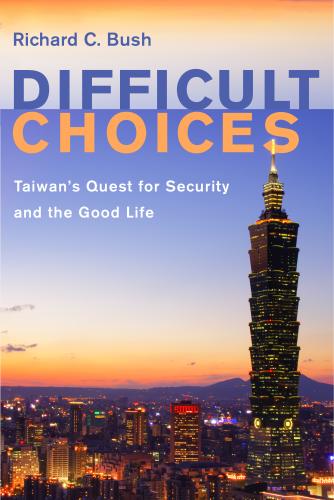
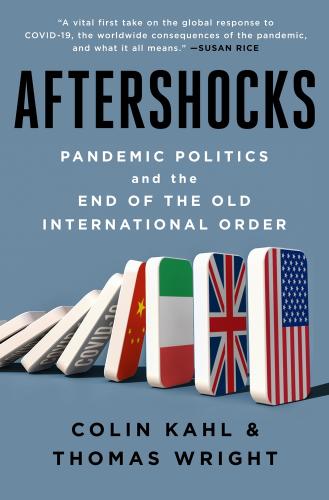
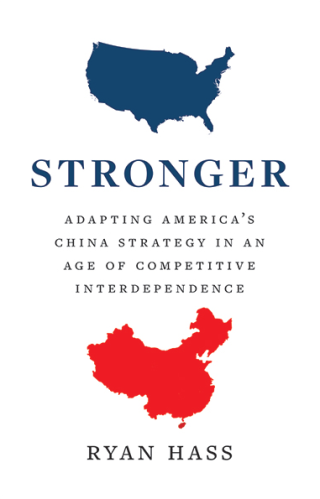
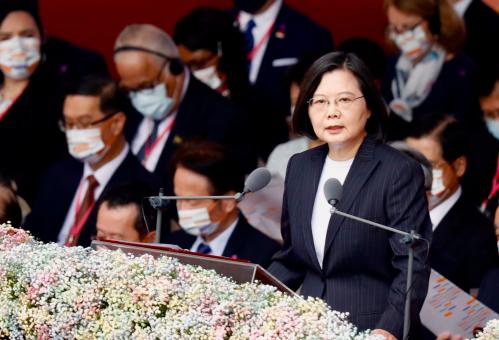
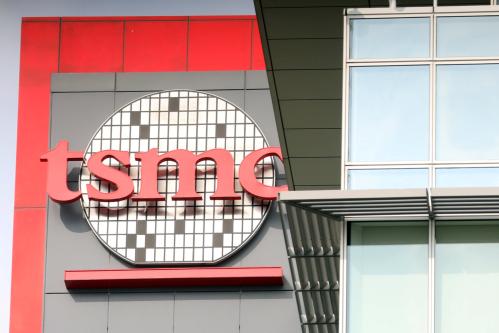
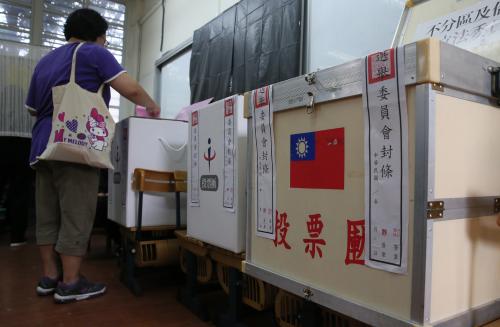


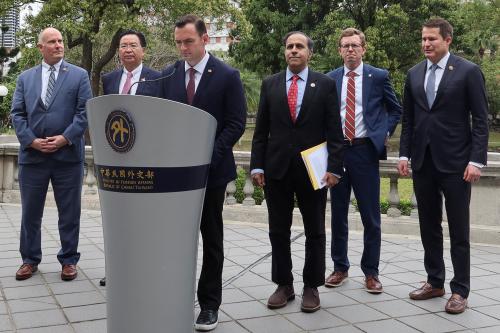
Commentary
Taiwan’s vitality
June 25, 2021